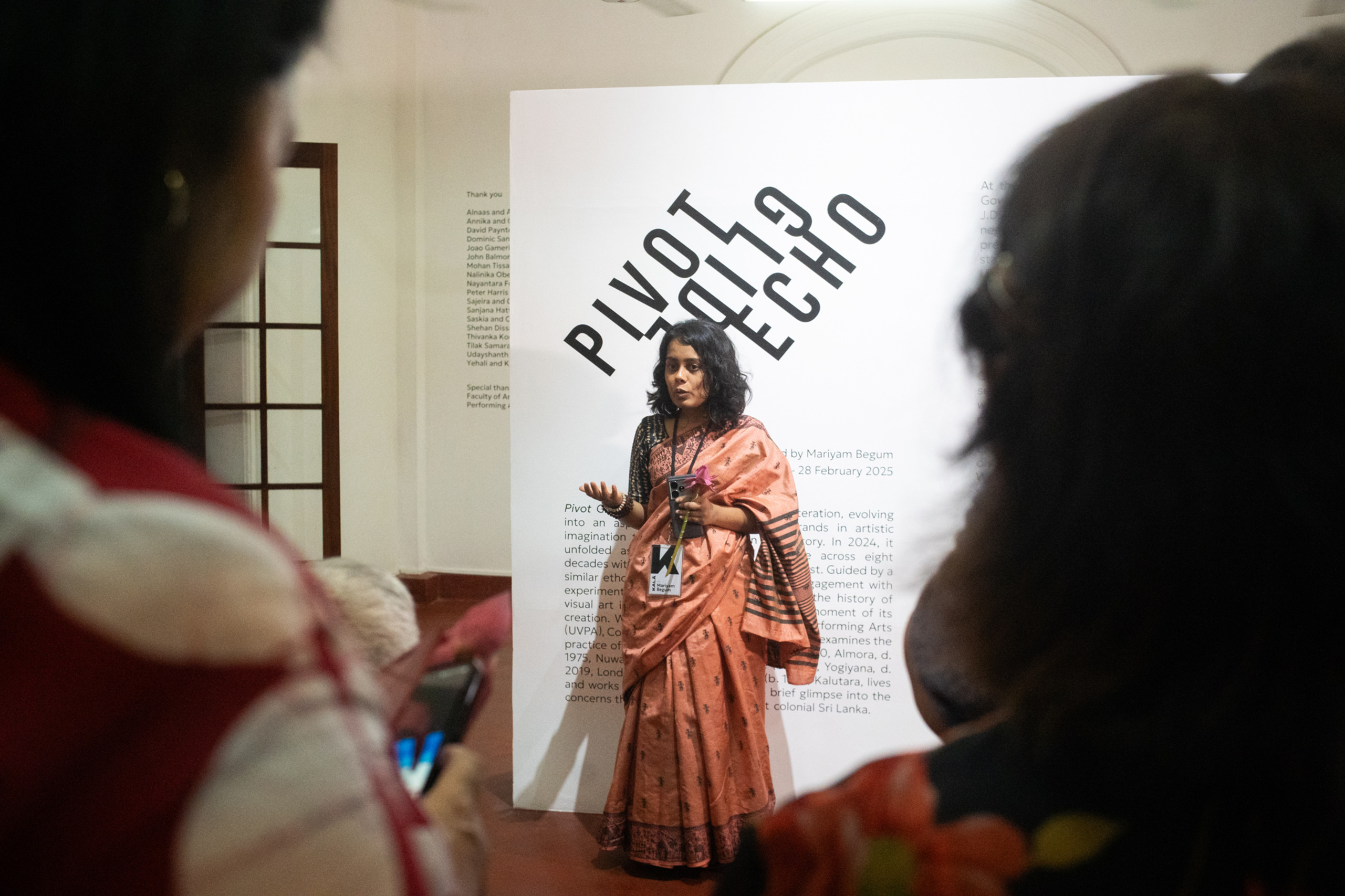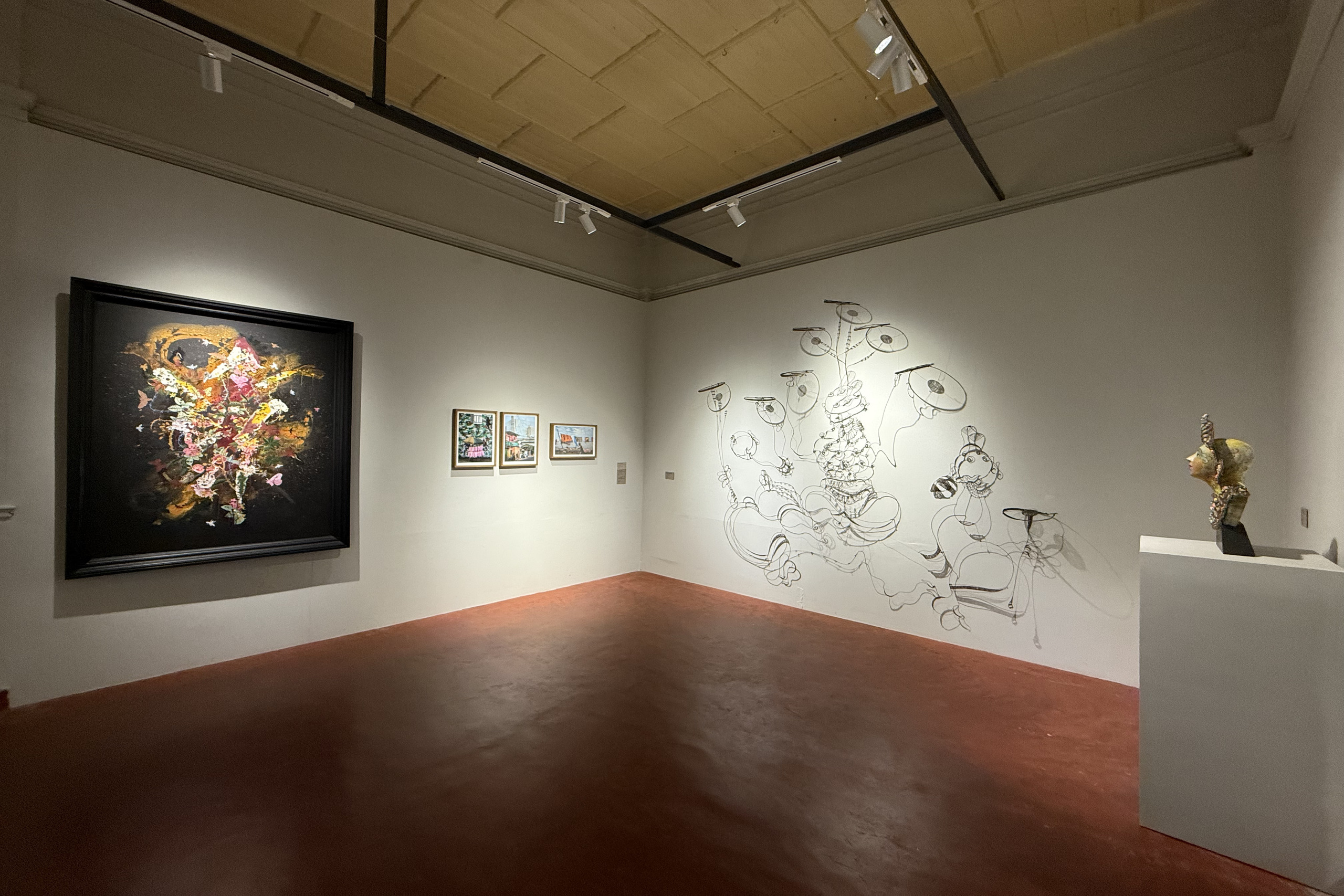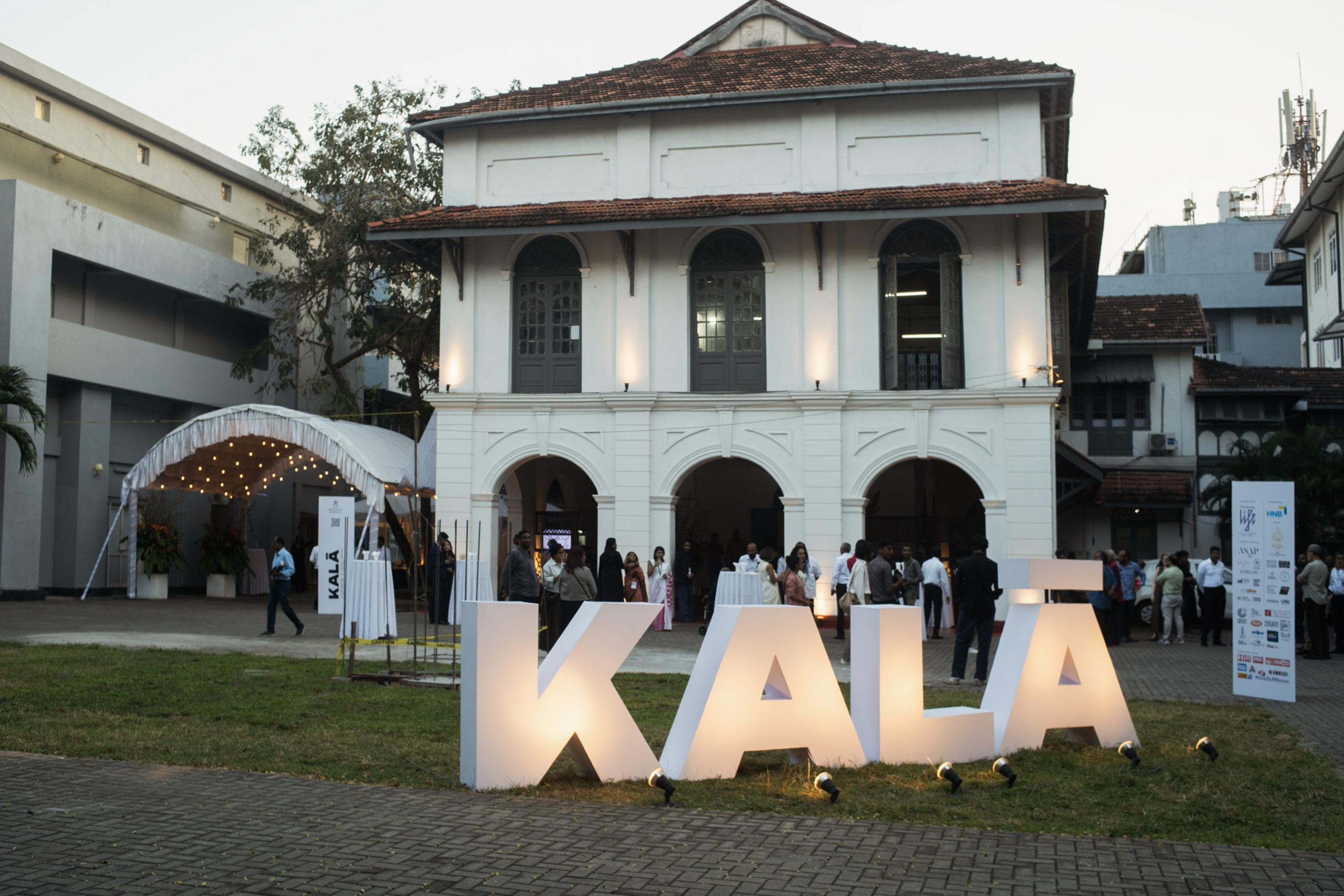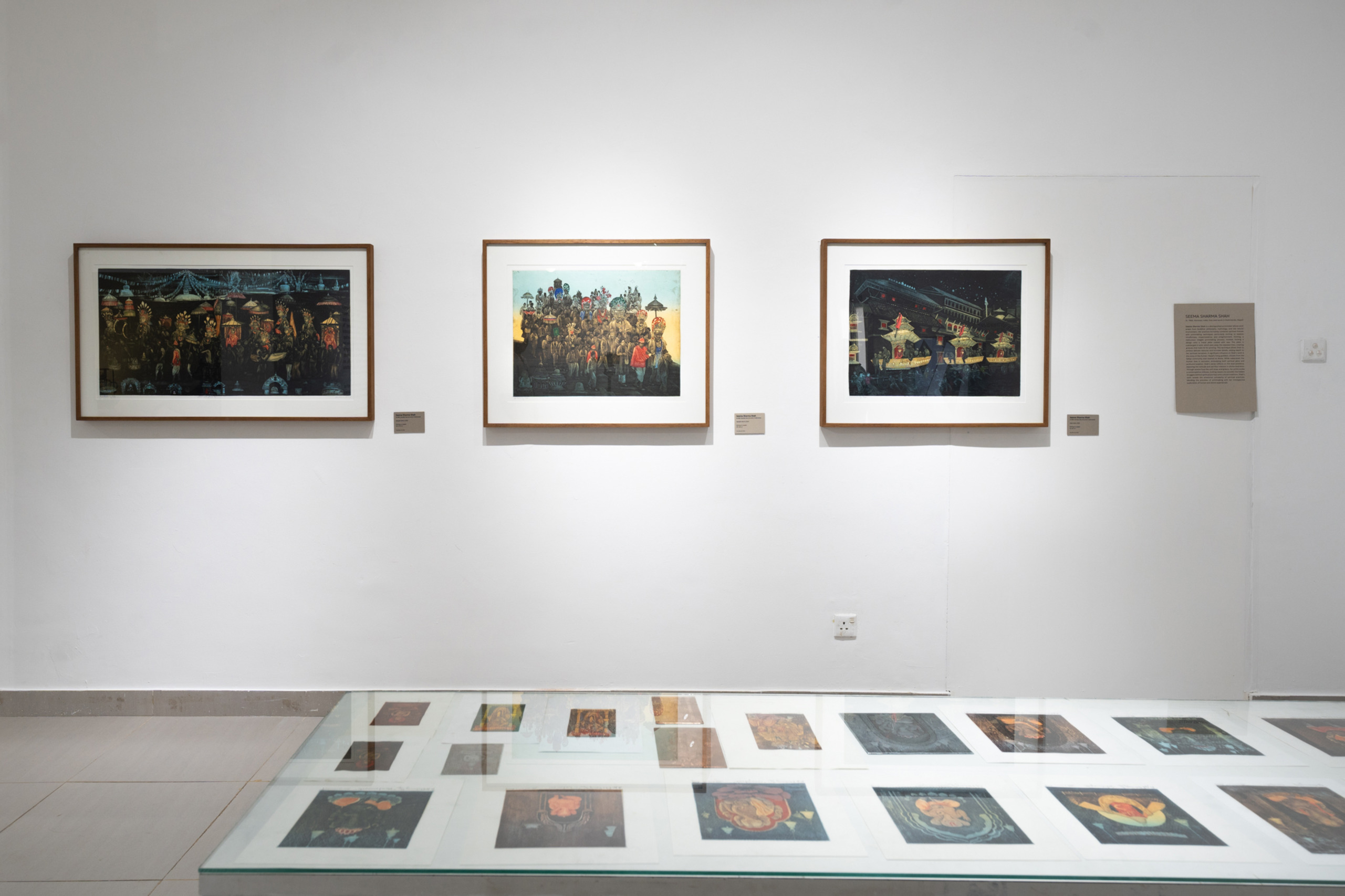KALĀ x ASAP: Friends and Relations: The ‘43 Group
February 12, 2024
Shamil Wanigaratne, Author and Clinical Psychologist, Esmerelda Claessen, Writer and daughter of 43’ Group founding artist George Claessen, and Rohan de Soysa, Chairman of the Sapumal Foundation, discuss the importance of the 43 Group in South Asian art history and their personal experiences in relation to the group
The ’43 Group, led by visionary photographer Lionel Wendt, distinguished itself in Sri Lanka as a breakaway collective from the Ceylon Society of Arts. Despite lacking a shared stylistic approach, its members were united by a commitment to free expression and a deep appreciation for post-impressionism and expressionism. Fueled by extensive travels and European education, a significant portion of the group grew disenchanted with conservative attitudes toward modern art in Colombo.
Gathering in Lionel Wendt’s refined residence, the group held salon-style meetings. In 1955, they gained international prominence by showcasing their works at the Venice Biennale, where they were celebrated as a radical embodiment of modern Asian art. Unfortunately, the political climate in Sri Lanka turned unfavourable in the mid-1960s, leading to the group’s dissolution and prompting several members to seek new horizons through emigration.
In this discussion, Shamil Wanigaratne, Author and Clinical Psychologist, Esmerelda Claessen, Writer and daughter of 43’ Group founding artist George Claessen, and Rohan de Soysa, Chairman of the Sapumal Foundation explore their personal histories with the ’43 Group. The conversation provides unique insights into how their experiences have shaped their perspectives on the esteemed artists of the modern era. Shamil Wanigaratne brings his wealth of knowledge to the dialogue, while Rohan de Soysa contributes valuable expertise, and Esmeralda Claessen offers a fascinating blend of familial insight and professional expertise.
The discussion not only delves into the historical context of the ’43 Group but also explores how these experiences influenced the participants’ perceptions of the revered artists associated with this influential movement. The speakers share anecdotes, reflections, and personal connections, creating a narrative that transcends a mere historical account, offering a living testament to their relationship with the artists from the modern era.
This exploration provides the audience with a deeper understanding of how personal histories can profoundly shape one’s appreciation and interpretation of art. The dialogue stands as a testament to the enduring impact the ’43 Group has had on individuals, serving as both artists and witnesses to a pivotal period in art history.








